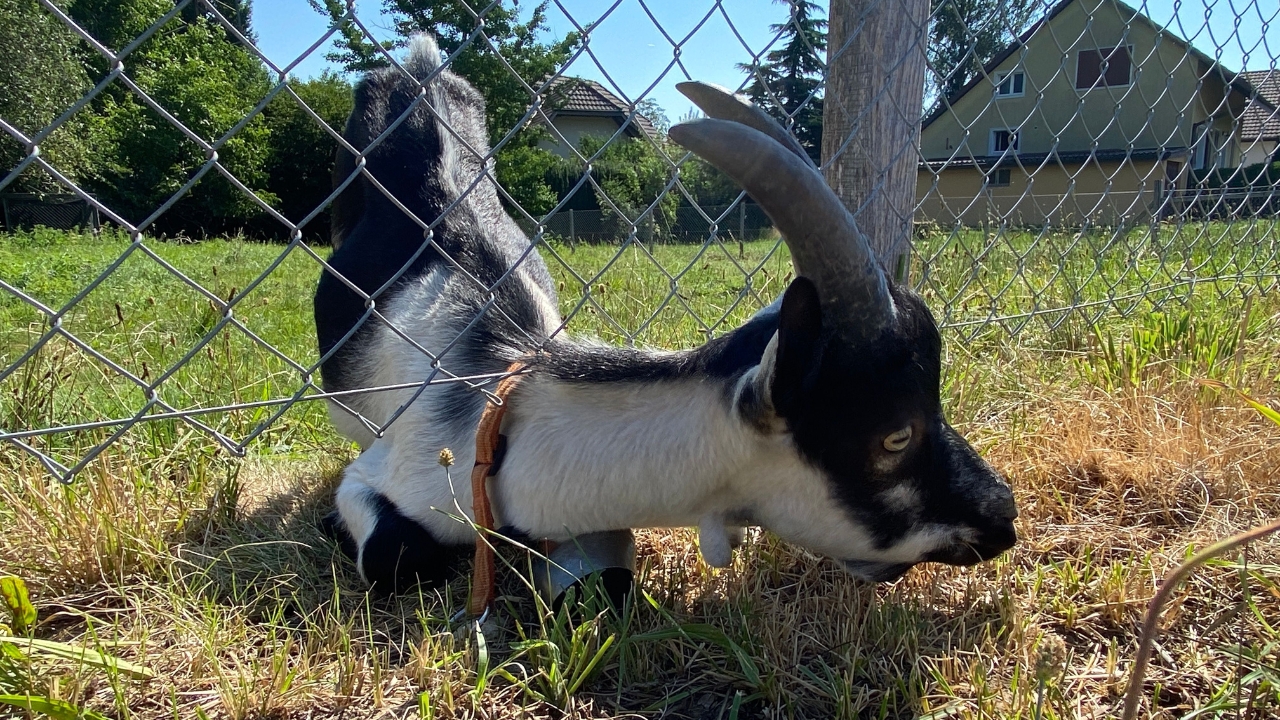You’re planning for animals but might be neglecting this one fence detail
If you’re setting up your property for animals, you’re probably thinking about where the fence will go, how tall it needs to be, and what kind of wire to use. But there’s one part that tends to get skipped—what’s happening underneath.
A fence can look strong and secure, but if the base isn’t addressed, you’re leaving an easy escape route open for digging, rooting, or erosion to do its damage.
The ground gap is bigger than you think

Most people focus on height, but the bottom few inches of your fence are what make or break it. Over time, uneven ground, soft soil, and water runoff create gaps that weren’t there when you installed it. Those small openings are all it takes for a goat, dog, or even a determined chicken to slip out—or for predators to get in.
You might not notice it right away because the fence still looks straight from a distance. But once animals start testing it, that little space can turn into a real problem fast.
Animals learn fast—and test faster
If you’ve had livestock before, you know once an animal finds a weak spot, they’ll go back to it again and again. Goats will lean and dig, pigs will root, and even chickens can tunnel under small gaps in soft soil. One animal getting out usually means the rest won’t be far behind.
Fixing those issues after the fact usually means re-tensioning wire, filling in holes, or adding reinforcement to an already installed fence—all of which take more time and money than doing it right upfront.
Ground prep matters as much as the posts
Before setting posts or unrolling wire, take the time to level out your fence line. Remove rocks and fill low spots so your fence sits close to the ground across its entire run. For hilly areas, step the fence down gradually instead of letting it hover above the slope.
If your soil erodes easily or you’re fencing animals known for digging, consider trenching a few inches and burying the bottom of the wire or adding a small apron of wire angled outward along the ground. That little extra step keeps escape artists and predators in check long-term.
Add reinforcement where pressure is highest

Corners, gates, and high-traffic spots are where animals tend to push or dig the most. Reinforcing those sections can save you a lot of trouble later. Burying a few extra inches of wire, laying concrete blocks, or even installing a single strand of hot wire low to the ground makes a big difference.
You don’t need to electrify the entire fence—just strategic spots where you know pressure will happen. That combination of physical and psychological barriers goes a long way in keeping both animals and predators where they belong.
Don’t underestimate water runoff
Rain and irrigation water naturally flow toward low points, and if your fence line crosses one, that water will slowly wash away soil. Before long, that washout creates a gap animals can crawl under.
Gravel or a small drainage trench along those spots helps redirect water and maintain the ground level beneath your fence. It’s an easy step to skip when you’re in a rush to finish, but it’s also one of the first things that’ll fail when the weather turns.
A fence is only as strong as its foundation
A solid fence line starts with knowing what’s happening under it. Once that first season of rain and livestock wear sets in, any overlooked gaps or erosion points will show. Spending a little more time prepping the base, leveling soil, and securing the bottom edge makes the difference between a fence that lasts a year and one that lasts a decade.
When you’re planning for animals, think less about how tall the fence looks and more about how well it meets the ground. That’s the detail most people forget—and the one that matters most.
Like Fix It Homestead’s content? Be sure to follow us.
Here’s more from us:
10 things that make your house feel less welcoming without saying a word
10 Upgrades That Make Your House Look Fancier Than Your Neighbor’s
*This article was developed with AI-powered tools and has been carefully reviewed by our editors.







